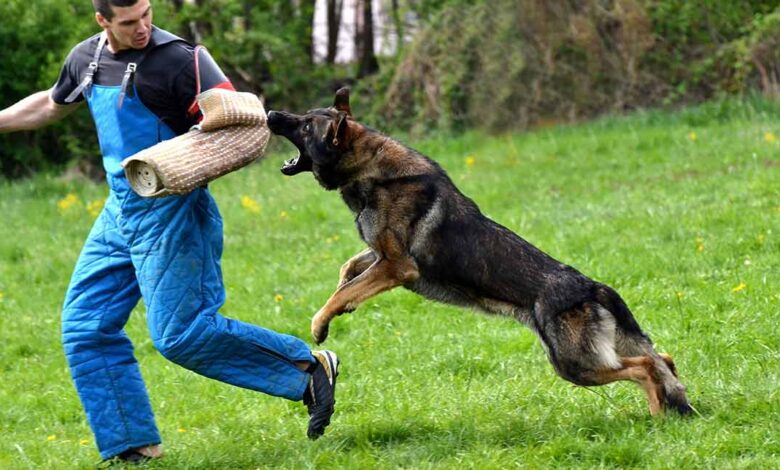How Lone Workers Can Navigate Dog Encounters Safely

In the realm of lone worker safety, mitigating the risks of dog bites is paramount. Whether you’re a delivery person, utility worker, or any professional spending extended periods alone, encountering dogs is a common occurrence. This comprehensive guide offers insights and strategies to prevent dog bite incidents. Ensuring the well-being of lone workers everywhere.
How You Can Understand the Risk?
Dog bites pose significant risks to lone worker dog bite prevention. Leading to injuries, trauma, and even fatalities. Understanding the factors contributing to such incidents is crucial for implementing effective prevention measures.
Recognizing Risk Factors
Identifying potential risk factors, such as aggressive dog behavior. Territorial instincts and inadequate confinement, is essential.
Assessing Workplace Environments
Evaluating the specific environments lone workers operate in. Including residential neighborhoods, industrial sites, and rural areas, helps tailor prevention strategies accordingly.
Implementing Preventive Measures
Proactive measures play a pivotal role in mitigating the risk of dog bite incidents for lone workers.
Training and Education
Providing comprehensive training on dog behavior. Body language interpretation and de-escalation techniques empowers lone workers to respond effectively to potential threats.
Utilizing Personal Protective Equipment (PPE)
Equipping lone workers with appropriate PPE. Such as bite-resistant gloves and protective clothing, serves as a vital line of defense against dog bites.
Establishing Communication Protocols
Establishing clear communication protocols for lone workers to report aggressive dog encounters enables swift response and assistance from supervisors or authorities.
Responding to Dog Encounters
Knowing how to react when faced with aggressive or threatening dogs is essential for lone worker safety.
Maintaining Composure
Encouraging lone workers to remain calm and avoid sudden movements can help prevent escalating dog behavior.
Using Verbal Commands
Instructing lone workers to use firm, authoritative verbal commands, coupled with assertive body language, can deter aggressive dogs.
Retreating Safely
Empowering lone workers to retreat slowly and cautiously from confrontational situations minimizes the risk of escalating aggression.
Conclusion
Prioritizing lone worker safety entails comprehensive strategies to prevent dog bite incidents. By understanding the risks. Implementing preventive measures and knowing how to respond effectively. Lone workers can navigate their work environments with confidence and minimize the likelihood of dog-related injuries.
FAQs
How common are lone worker dog bite incidents?
Lone worker dog bite incidents are unfortunately quite common, especially in professions that involve frequent outdoor activities or home visits.
Can dog bite incidents be prevented entirely?
While complete prevention may not be possible, implementing proactive measures significantly reduces the likelihood of dog bite incidents among lone workers.
Are certain dog breeds more prone to aggression towards lone workers?
While any dog can potentially exhibit aggressive behavior, certain breeds known for their protective instincts or territorial behavior may pose higher risks.
What should lone workers do if bitten by a dog?
In the event of a dog bite, lone workers should seek immediate medical attention and report the incident to their supervisor or relevant authorities for documentation and follow-up.
Are there legal ramifications for employers if a lone worker is bitten by a dog during work hours?
Employers have a legal obligation to provide a safe working environment for their employees, which includes implementing measures to prevent dog bite incidents. Failure to do so may result in liability issues for the employer.
How can lone workers identify signs of potential dog aggression?
Signs of potential dog aggression include growling, baring teeth, raised hackles, and intense staring. Being able to recognize these warning signs allows lone workers to take preemptive measures to avoid confrontations.




